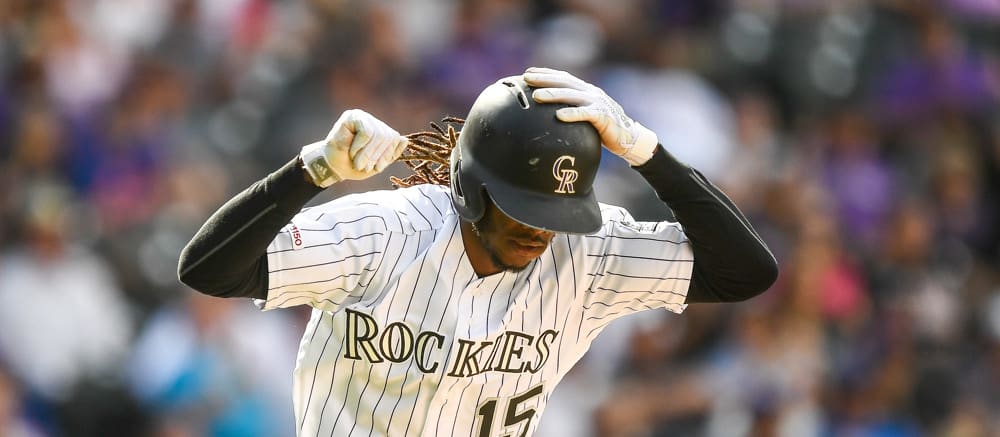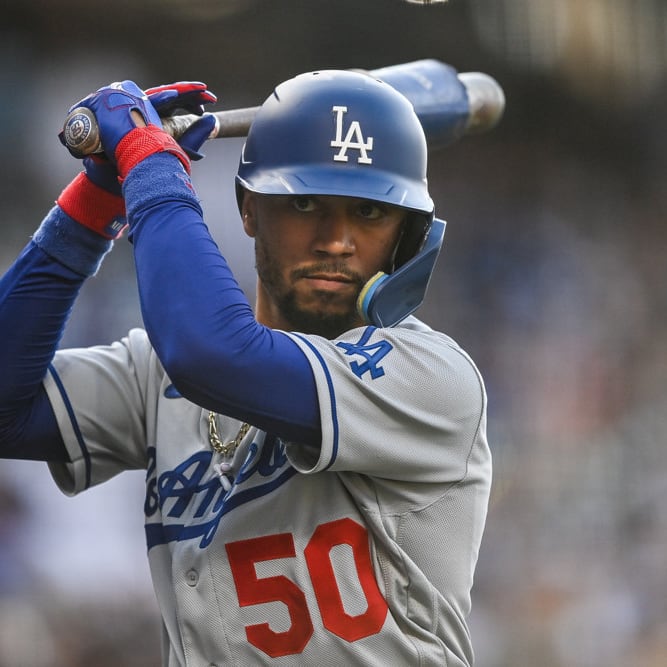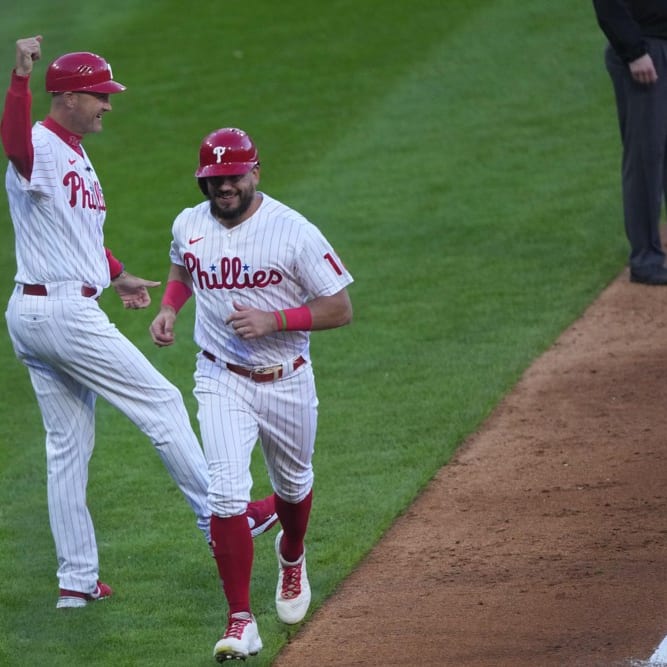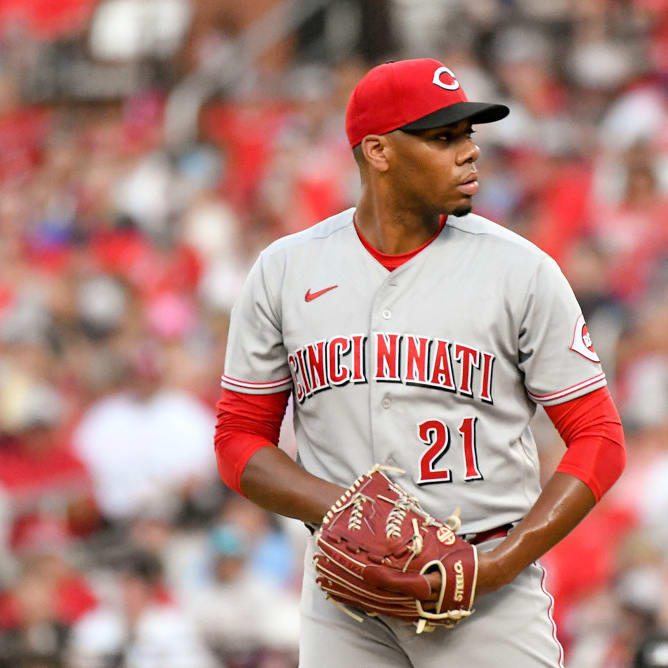This article is part of our The Long Game series.
I have to admit, that latest farce of a salary structure proposal from the owners has me actually worried, for the first time, that we may not get a 2020 season. I should never have underestimated the sheer, brutal indifference of that group of individuals to any concerns aside their wallets, but they seem more interested in clumsy attempts to splinter the union than in trying to work out the logistics on how baseball can be played in the current environment. Nonetheless, I am going to cling to my optimism for a little while longer, and pretend as though there will be a season to prepare for.
A lot of bandwidth, here at RotoWire and elsewhere, has been used to try and guess which players will be helped or hindered by a shortened, possibly compacted schedule with expanded rosters available to teams. This player could see a bigger role; that one will have had more time to recover from an injury. You know the drill by now. Rather than focus on specific individuals, however, I'm going to soar up a bit higher and take a broader look at what such a campaign might mean to keeper and dynasty leagues, especially the impact on seasons beyond 2020.
Prospect Development
It's all but a done deal at this point that the minor-league season will be scrubbed. The logistics of staging big-league games are complicated enough, and there's the incentive of a lucrative TV contract to keep all parties focused on solving them.
I have to admit, that latest farce of a salary structure proposal from the owners has me actually worried, for the first time, that we may not get a 2020 season. I should never have underestimated the sheer, brutal indifference of that group of individuals to any concerns aside their wallets, but they seem more interested in clumsy attempts to splinter the union than in trying to work out the logistics on how baseball can be played in the current environment. Nonetheless, I am going to cling to my optimism for a little while longer, and pretend as though there will be a season to prepare for.
A lot of bandwidth, here at RotoWire and elsewhere, has been used to try and guess which players will be helped or hindered by a shortened, possibly compacted schedule with expanded rosters available to teams. This player could see a bigger role; that one will have had more time to recover from an injury. You know the drill by now. Rather than focus on specific individuals, however, I'm going to soar up a bit higher and take a broader look at what such a campaign might mean to keeper and dynasty leagues, especially the impact on seasons beyond 2020.
Prospect Development
It's all but a done deal at this point that the minor-league season will be scrubbed. The logistics of staging big-league games are complicated enough, and there's the incentive of a lucrative TV contract to keep all parties focused on solving them. Minor-league games would be even more complex, and have even less financial incentive fueling solutions. Given that owners were already looking to eliminate minor-league teams, and some organizations are even idiotically looking to further pinch pennies on minor-league pay, there just doesn't seem to be any way a minor-league season will happen.
While that will push a number of top prospects onto big-league taxi squads, or whatever expanded roster parameters get implemented, that's still not a substitute for regularly played competitive games against your peers. As a result, development curves for prospects that were already unpredictable could hit even more valleys than they otherwise would have. What if the Blue Jays are right, and Nate Pearson does need more seasoning before he's ready to claim a rotation spot? Forcing him into that spot too early could result in early-career struggles that call to mind Roy Halladay's. Guys who were on track to make their debuts, and possibly even a big fantasy impact, in late 2020 or 2021 could be derailed by the chaos of this season. In addition, players in the lower minors who might have been headed for breakouts won't even get a chance to flash. Mets catching prospect Francisco Alvarez, for instance, made some noise in rookie ball last year as a 17-year-old, and a big year at the plate in Low-A as a teenager could have marked him as the Next Big Thing behind the plate. An effectively lost season not only hurts him offensively, but it might disproportionately impact his defensive growth, which is hugely important for a backstop.
With so much turmoil, there is a strong argument to be made for cashing in your chips right now if you think you have any shot at a title in a keeper or dynasty league. A shortened season will be more volatile anyway, so going for it by cleaning house on your farm system and loading up on big-league players to bolster your floor and open up your ceiling would be an entirely reasonable approach. The fact that your current batch of prospects probably need to have their chances of reaching their full potential downgraded to some degree due to a tumultuous 2020 just creates even more incentive to flip that future value for present-day production.
On the flip side, if you were already in the middle of a rebound, try to acquire prospects as cheaply as possible. The usual trade market conventions in your league need to be tossed out the window. If a top-50 big-league asset normally fetches a top-25 prospect, insist on a secondary prospect on top, or offer a lesser big leaguer. Especially for prospects who aren't on the radar for a taxi squad assignment, you may not get a chance to see real stats and get real scouting reports on them until next spring. That uncertainty makes them riskier assets, and they need to be discounted accordingly.
Future Draft Picks
Speaking of being devalued, or at least revalued, future draft picks in your league could be about to experience some extreme swings. The 2020 MLB draft is going to be a weird one. Early picks are going to be college-heavy, since teams haven't been able to do any spring scouting on high schoolers who might have been late risers up draft boards. There won't be any late picks at all, because owners decided they only wanted a five-round draft. That's going to push a lot of high schoolers into college and junior college programs who otherwise would be entering the professional ranks this summer. On top of all that, any players who do get drafted won't be able to play anywhere after signing. Last year, Corbin Carroll fell to the middle of the first round in the MLB draft, but his big performance in rookie ball afterwards gave him significant prospect helium. This year, nobody will get a chance to improve their stock in similar fashion.
The result will be a particularly risky overall draft class, which makes the fantasy draft picks that will be used to acquire the members of that class worth a lot less. If your league will be selecting from the 2020 MLB draft class with its 2021 picks, everything past the first few selections – the ones that will be used to snag the obvious names like Spencer Torkelson – will be an even bigger crap shoot than usual. On the other hand, the value of fantasy picks two and three years down the road will be enhanced by all the talent that fell through the cracks in 2020. The next Carroll (heck, let's dream big and say the next Mike Trout) may not even be able to make his presence known until midway through the 2021 campaign.
Obviously, the simplest approach is to kick the can down the road and load up on as many 2022/2023 picks as you can, but there are other ways to finesse the situation. For instance, in a deeper league, a normal trade in a normal year might see a third-round pick swapped for a useful, but not star-quality, hitter and a sixth-round pick. In the current circumstances, that useful hitter might effectively become a free pickup if it turns out a 2021 third-round pick gives you no better odds of landing future impact talent than that sixth rounder.
Small Samples
Even when it comes to major-league players, determining their future worth could become difficult in 2020. It has famously been 79 years since Ted Williams was the last guy to hit .400. However, since the turn of the millennium, eight different guys have hit .400 or better over an 82-game sample during a season. Joey Votto in 2016 is the most recent name on the list, but it also includes wild cards like Chone Figgins. Let's say someone nearly as unlikely pulls it off in a shortened 2020 – Luis Arraez, maybe, or Raimel Tapia. No matter how much you try to take the circumstances into account, that batting average starting with a four is going to be staring you in the face next year. How much value do you place in that performance – especially if it's someone like Tapia, a guy just entering his prime, who's had some injury issues he may now be past, and who plays in a hitter's paradise at Coors Field? How far do you regress that batting average when making a 2021 projection? How much do you value it if someone asks for him in a trade in August?
Or, let's consider a more plausible hypothetical. What if Jesus Luzardo wins the AL Cy Young Award in a shortened season? The biggest mark against him coming into this year was the likelihood he would face some sort of workload restriction. In a shorter sprint of a season instead of the usual marathon, Luzardo might end up throwing as many innings as Gerrit Cole, and post excellent numbers while doing so. How do you then judge him going into 2021? Is Luzardo truly cemented among the game's elite pitchers at that point, or does he still carry enough risk that trying to sell high on him makes more sense, as your competition overvalues his performance in a smaller sample?
I don't really have an answer here. I just think people need to keep in mind that this season's numbers are going to be even less trustworthy than usual when it comes to determining the value of an asset, and that's going to have a spillover effect on both in-season trades in 2020 and offseason trades next winter.
Heading Home
One factor that baseball generally doesn't need to consider as much as other sports when it comes to fantasy value is how much position in the standings impacts playing time. In football, guys will get Week 17 off if the game is meaningless to their team in the standings. In hockey and basketball, teams on the playoff bubble will go full tilt while teams locked into a playoff spot might give extra rest to key players, and teams out of contention might give minutes to younger players for evaluation purposes. While those things can happen in baseball too, especially for pitchers, the longer season minimizes the impact of missed games for position players, and the structure of big-league rosters generally means there isn't a prospect available at every position to sub in for a veteran. Starting players, by and large, start every day, even if they have nothing to play for in September.
In a season played with the shadow of COVID hanging over it, though, there is suddenly a lot less incentive to stick it out, or rather, a bigger incentive to be safe. If you're a player with young children, and even in an 82-game schedule your team is out of any possible playoff race by Game 50... why would you stick around and risk possible infection, rather than heading home as soon as your squad is eliminated? And how could a team justify trying to get you to keep playing? Maybe any eventual deal worked out between the union and league will address that, but even if it does, it seems unenforceable in the court of public opinion. Should that risk of lost playing time devalue players on likely also-rans, like the Orioles and Marlins, while bolstering the values of players on expected contenders?
The bottom line is, if the 2020 season does happen, it's going to be the weirdest season anybody has ever seen. While there will certainly be bigger issues in the grand scheme of things, fantasy GMs in dynasty and re-draft leagues may want to start considering how they plan to navigate through that chaos.









